Explanation 1: “Light up”
Generally speaking, the phenomenon of “lighting up” refers to the phenomenon of “homochromatic metamerism”:
Two color samples (one standard and one comparison sample) appear to be of equal color (no color difference or small color difference) under one light source (such as D65), while they exhibit significant color difference under another light source (such as A), which is called the “homochromatic metamerism” phenomenon
For this situation, we can describe it as’ lighting up '. That is to say, whether the sample can be matched with the standard sample for color matching depends on selecting a specific light source.
The fundamental reason is that the two samples have different reflections of light (reflection spectrum curves or visible band reflectivity), so it is called “Metamerism”.
The reasons for the “abnormal spectrum” include:
A, De gearstalling fan pigmenten dy't brûkt wurde foar kleuring is oars;
B, Ferskillende ferwurkingsmetoaden, ensfh.
Explanation 2: “Jumping lights”
In fact, when we talk about “Tao light” in daily life, besides the above meaning, there is another layer of meaning:
It refers to the situation where a single color sample undergoes dramatic color changes under different light sources. At this point, it can be described by “jumping the light”.
So, “jumping the light” can also be said to be a sample.
Bygelyks, de kleurstofyngenieur by CIBA soe sizze by it oanbefeljen fan de kleurstof CIBA DEEP RED: Dizze kleurstof springt net read ûnder ljocht A.
(De auteur begrypt syn bedoeling dat hoewol in ljochtboarne in grutte hoemannichte read en giel ljocht befettet, de kleurstof CIBA DEEP RED net folle reader oanfielt as ûnder in D65-ljochtboarne.)
Berjochttiid: wo. 10, 2023 00:00

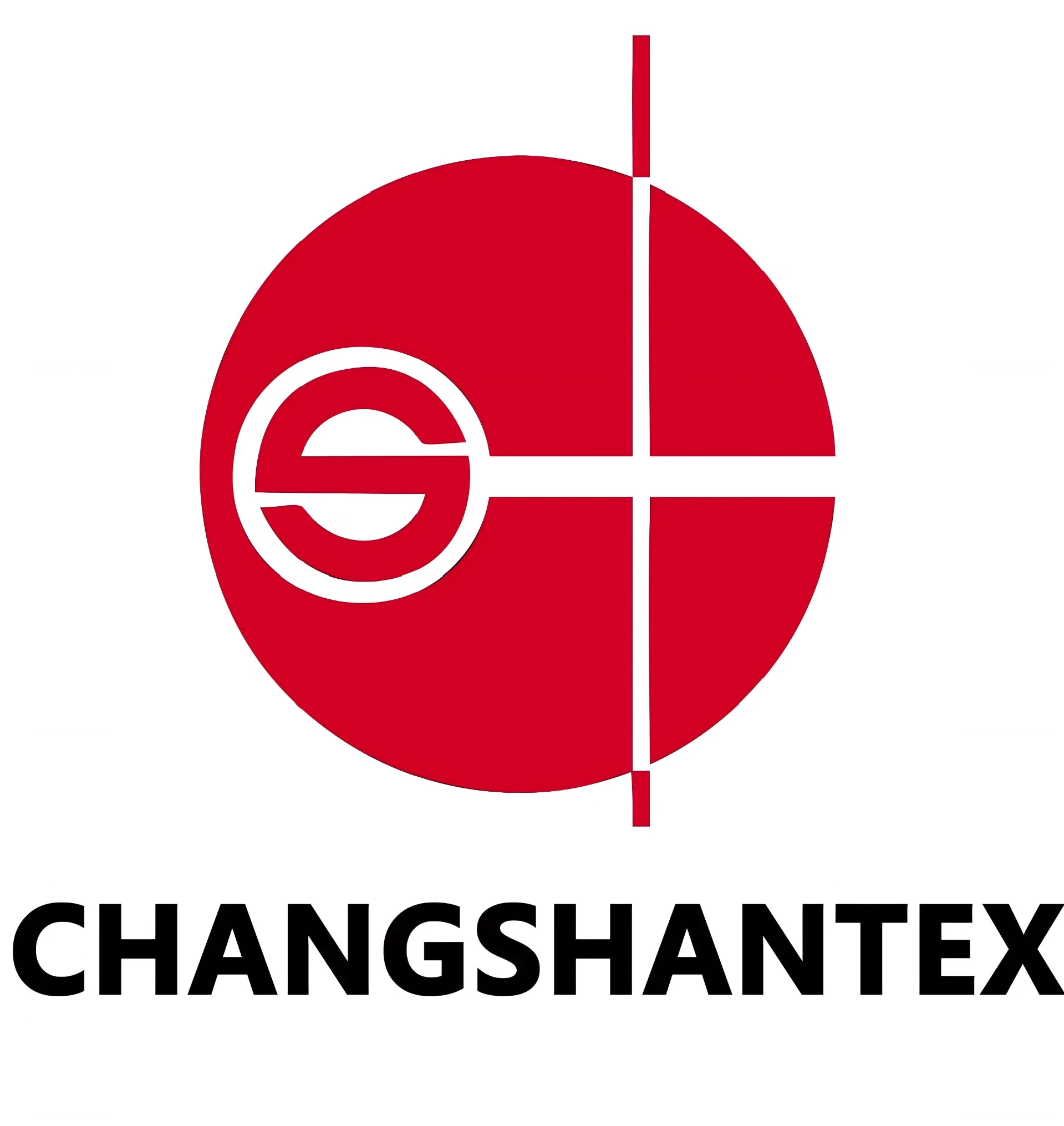
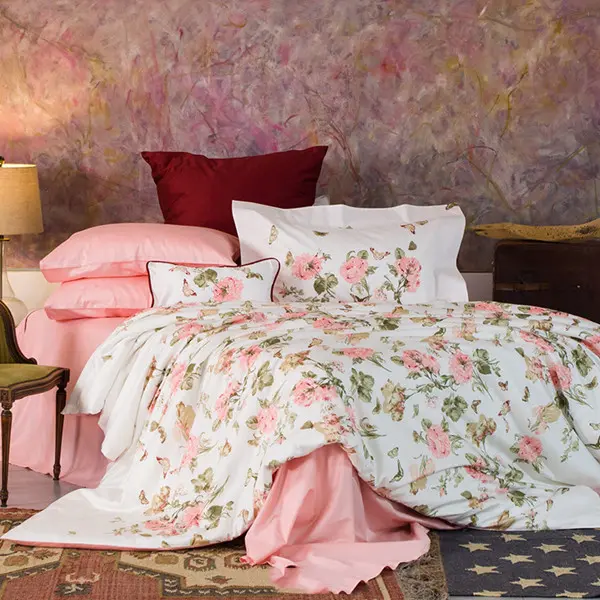
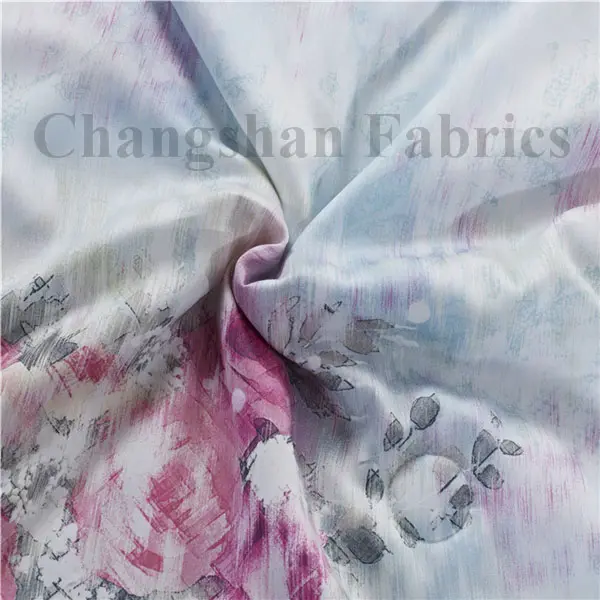
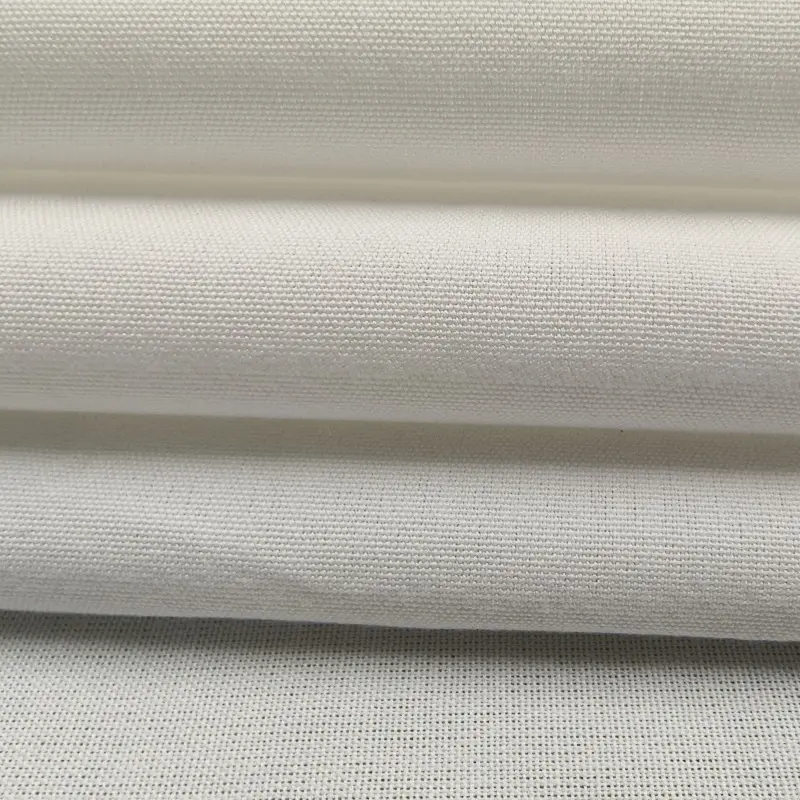
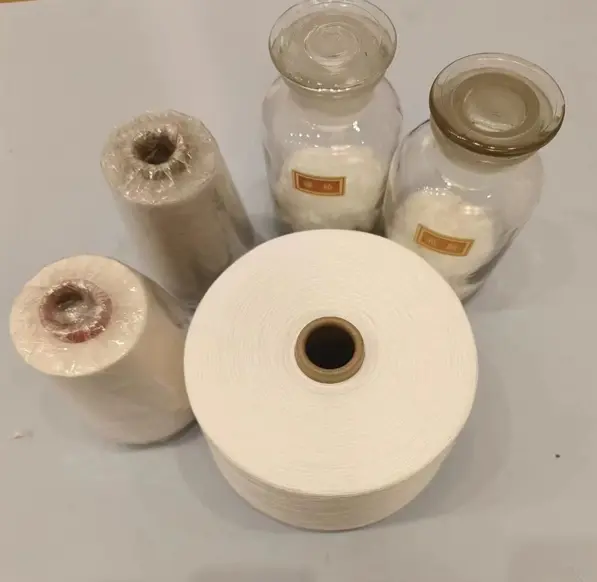
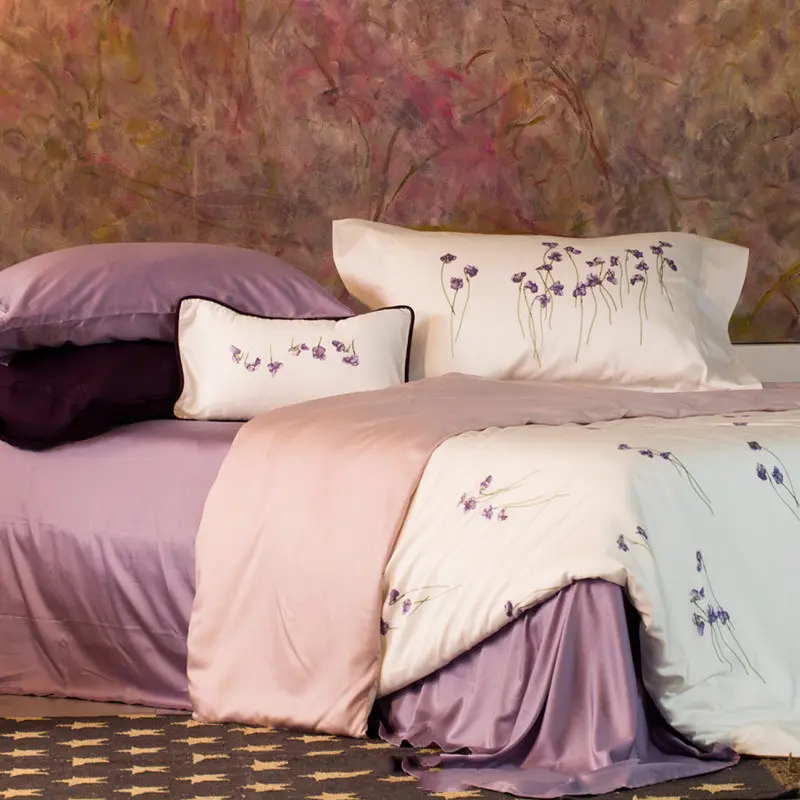
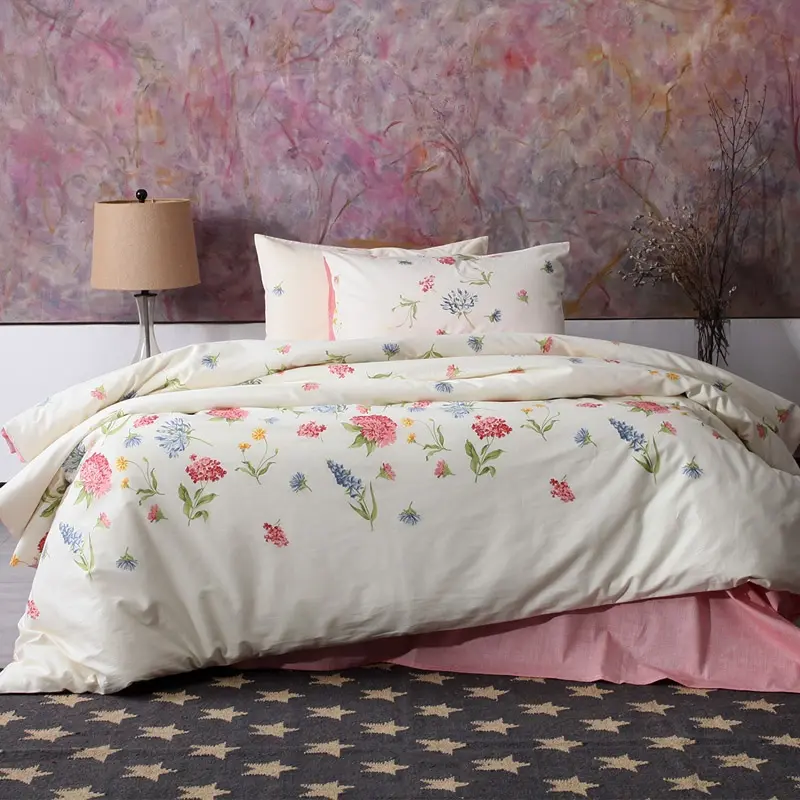

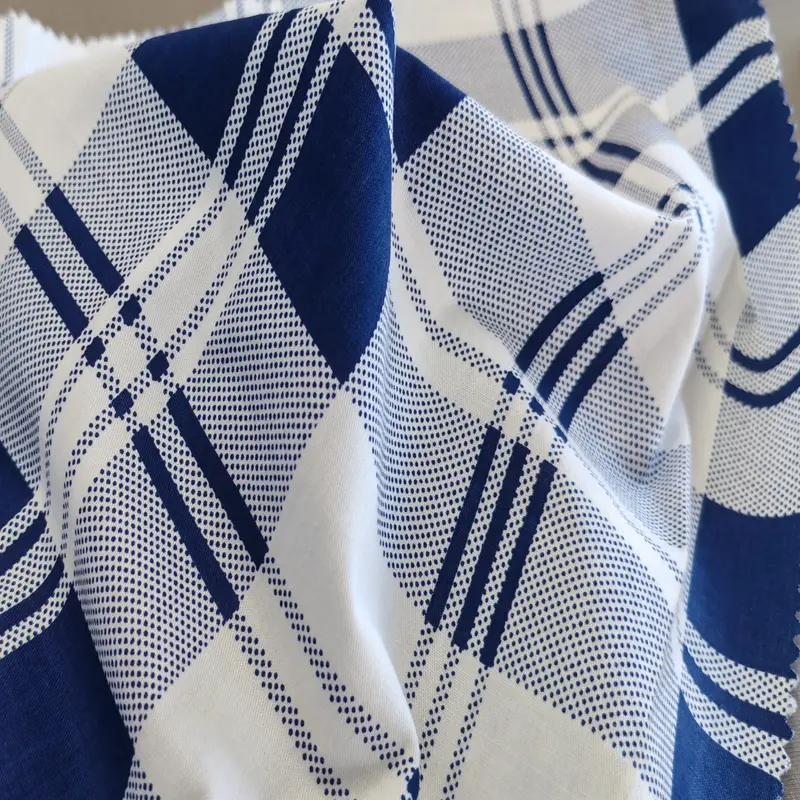
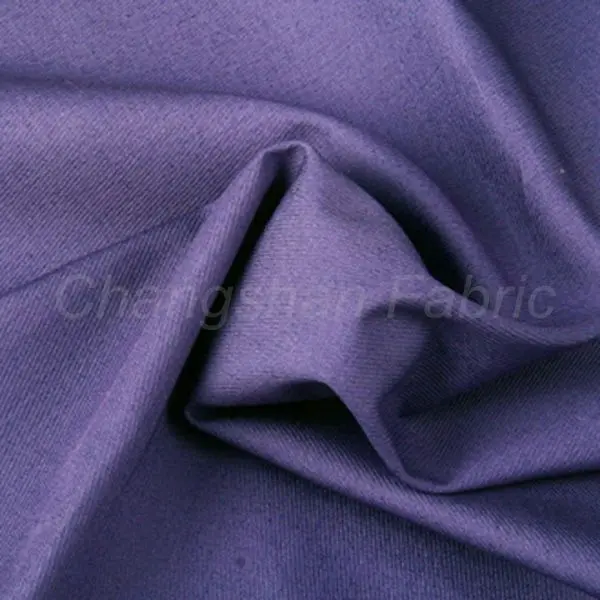
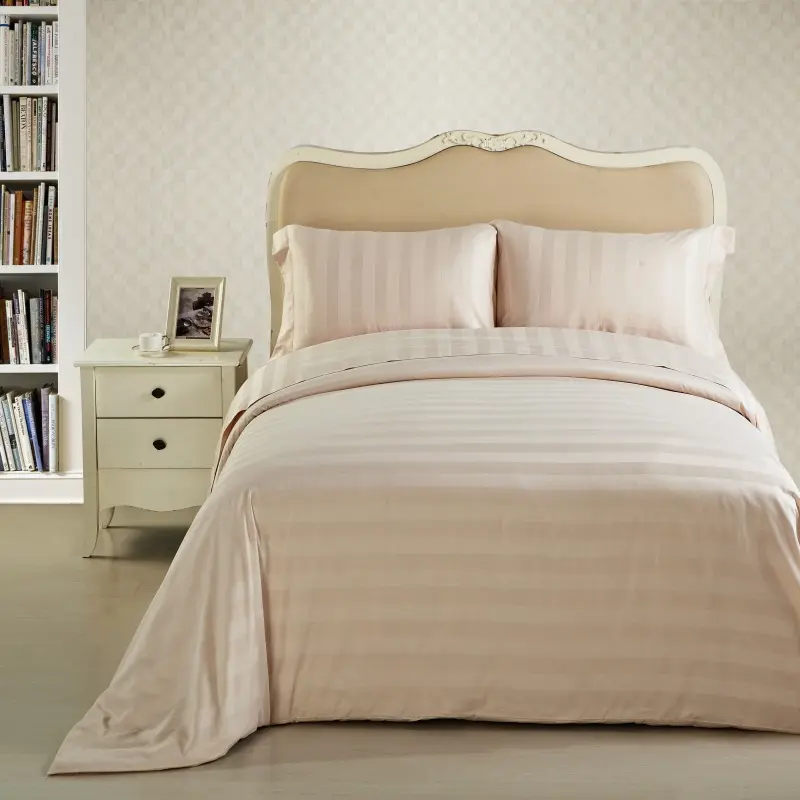



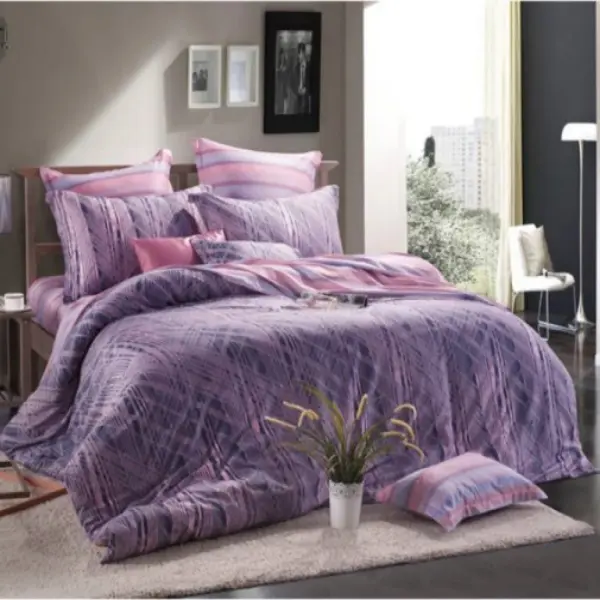
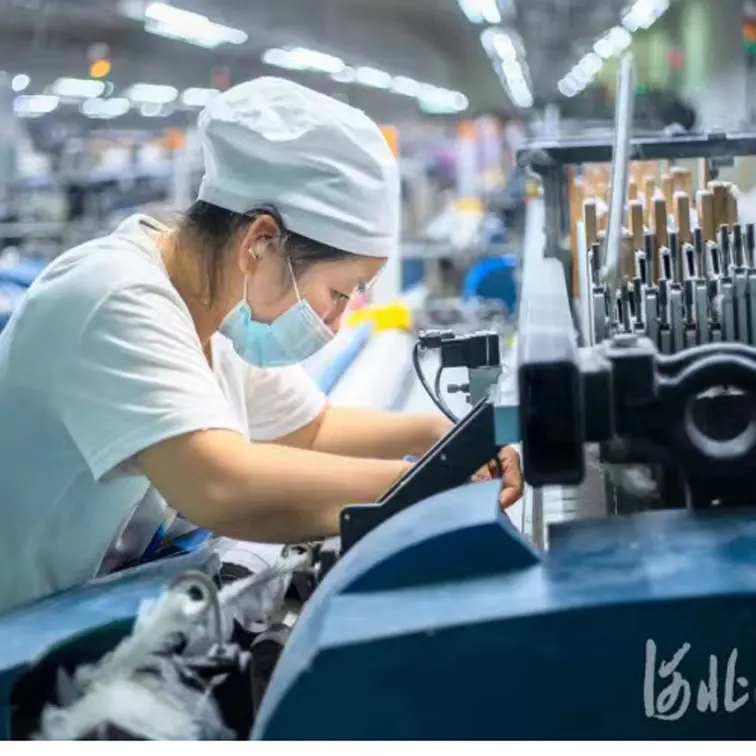

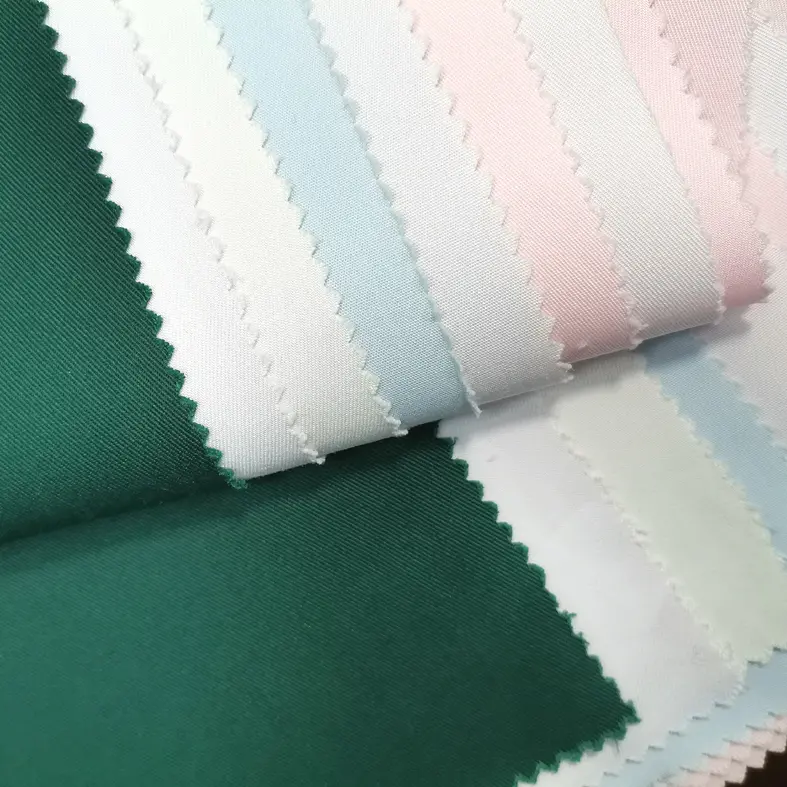
 Hûdfreonlik
Hûdfreonlik Ferskaat
Ferskaat Duorsum
Duorsum Fersekere
Fersekere
